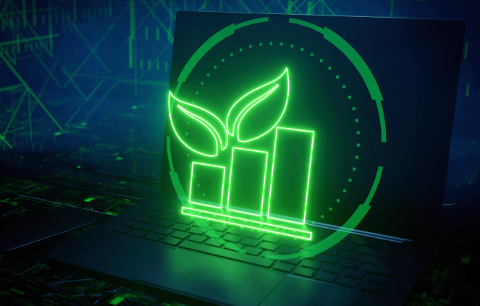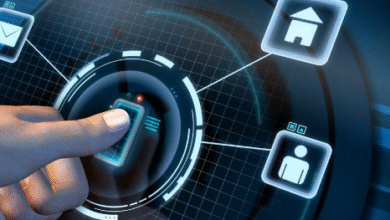Energy-Efficient Computing: Green Tech for Digital Growth

Energy-efficient computing is increasingly vital in today’s digital landscape. Organizations face mounting pressure to adopt sustainable practices while driving growth. This requires a careful balance of innovative technologies and strategic resource management. By leveraging advancements like AI and IoT, companies can enhance their energy efficiency. However, the path to achieving these goals is complex and multifaceted. Understanding the specific technologies and practices that facilitate this transition will reveal critical insights for future development.
The Role of Innovative Technologies in Energy Efficiency
Innovative technologies play a pivotal role in enhancing energy efficiency within computing systems.
By integrating renewable energy sources, such as solar and wind, organizations can significantly decrease their carbon footprint.
Furthermore, advancements in data management and processing algorithms contribute to waste reduction, optimizing resource use.
These solutions empower users to minimize energy consumption, fostering a sustainable digital environment that aligns with a desire for freedom and ecological responsibility.
Smart Design Practices for Sustainable Computing
How can smart design practices transform the landscape of sustainable computing? By prioritizing sustainable hardware and eco-friendly software, designers can significantly reduce environmental impacts.
Implementing modular architectures allows for easy upgrades and repairs, minimizing waste. Additionally, optimizing code for efficiency decreases energy consumption.
These practices not only enhance performance but also align technological advancement with ecological responsibility, empowering users to embrace freedom in their computing choices.
Read Also: Emerging Edge Devices in Healthcare & Fitness
Strategic Approaches to Reduce Energy Consumption
While many industries grapple with the challenge of energy consumption, strategic approaches can significantly mitigate its impact in computing.
Conducting thorough energy audits enables organizations to identify inefficiencies, while implementing robust power management systems optimizes device performance.
These targeted strategies not only reduce energy usage but also promote sustainability, aligning technological advancement with the desire for environmental responsibility and freedom from excessive energy costs.
Conclusion
In the pursuit of a greener digital landscape, energy-efficient computing emerges as a beacon of hope. By harnessing innovative technologies and adopting smart design practices, organizations can subtly shift their operational paradigms, leading to significant reductions in energy consumption. This gentle transformation not only curtails carbon footprints but also fosters a culture of ecological mindfulness. Ultimately, embracing these sustainable strategies positions businesses at the forefront of a responsible digital future, paving the way for lasting environmental stewardship.




